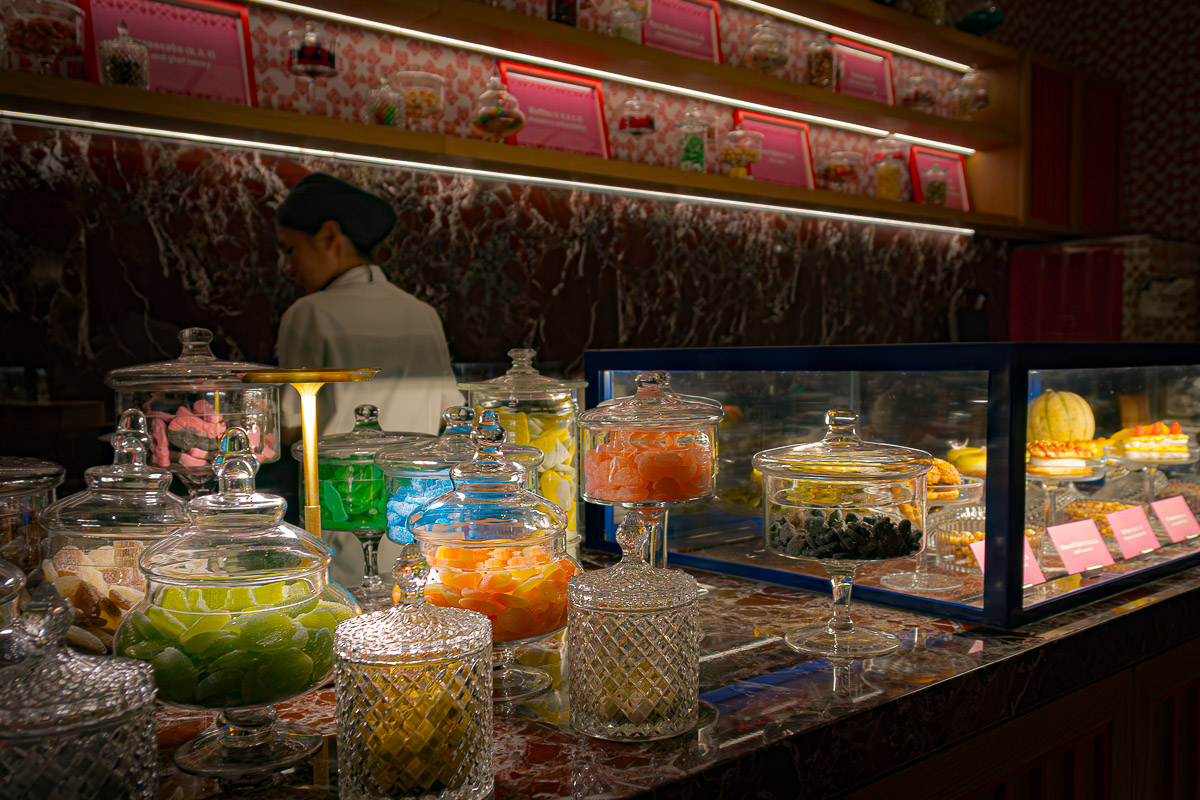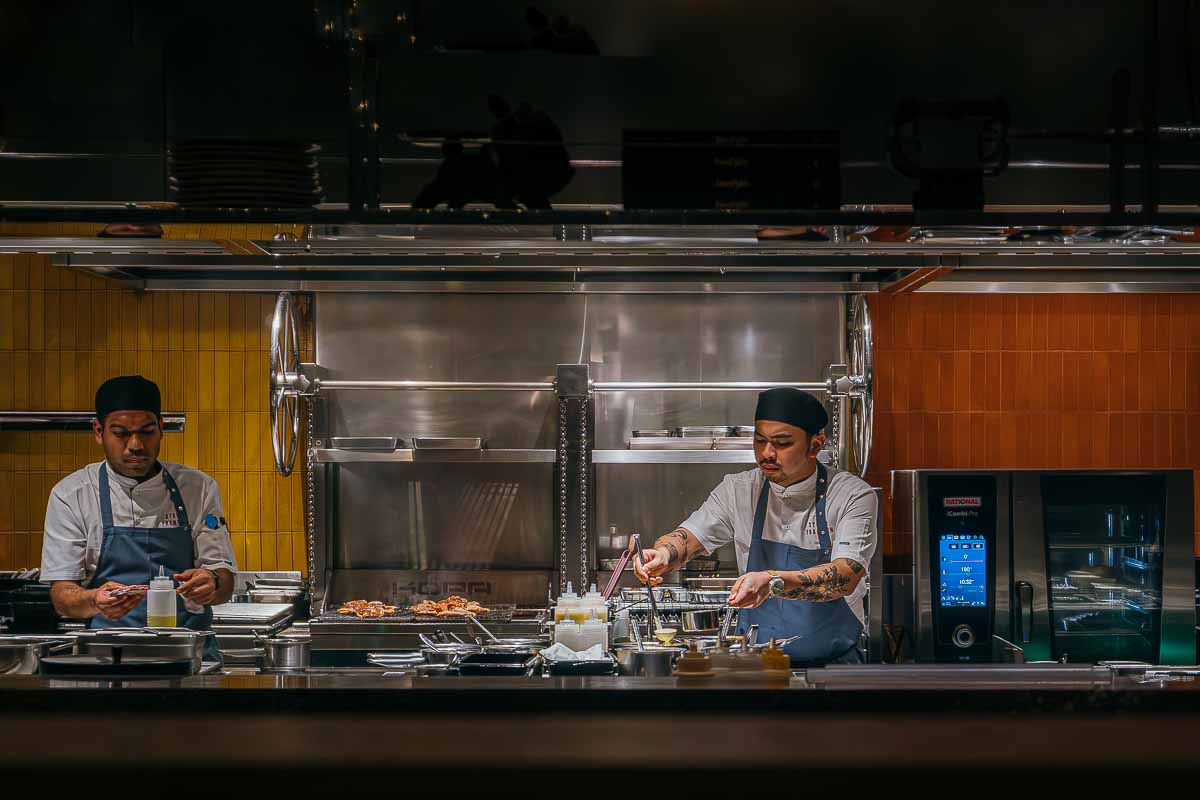 Between Stockholm and the Desert
Between Stockholm and the Desert
The world becomes more intriguing when seen through the eyes of a child. The sparkle in little Francisca’s gaze, as she earnestly describes the grandeur of things and informs me with the gravity of someone who has just uncovered something important, is proof of that. And she is right: Dubai is a city built on hyperbole, where even modesty would be excessive. Here, everything aspires to the most: the tallest, the largest, the widest, the most exuberant.
Which is precisely why Björn Frantzén’s choice of the most unlikely gesture – restraint – feels so surprising.
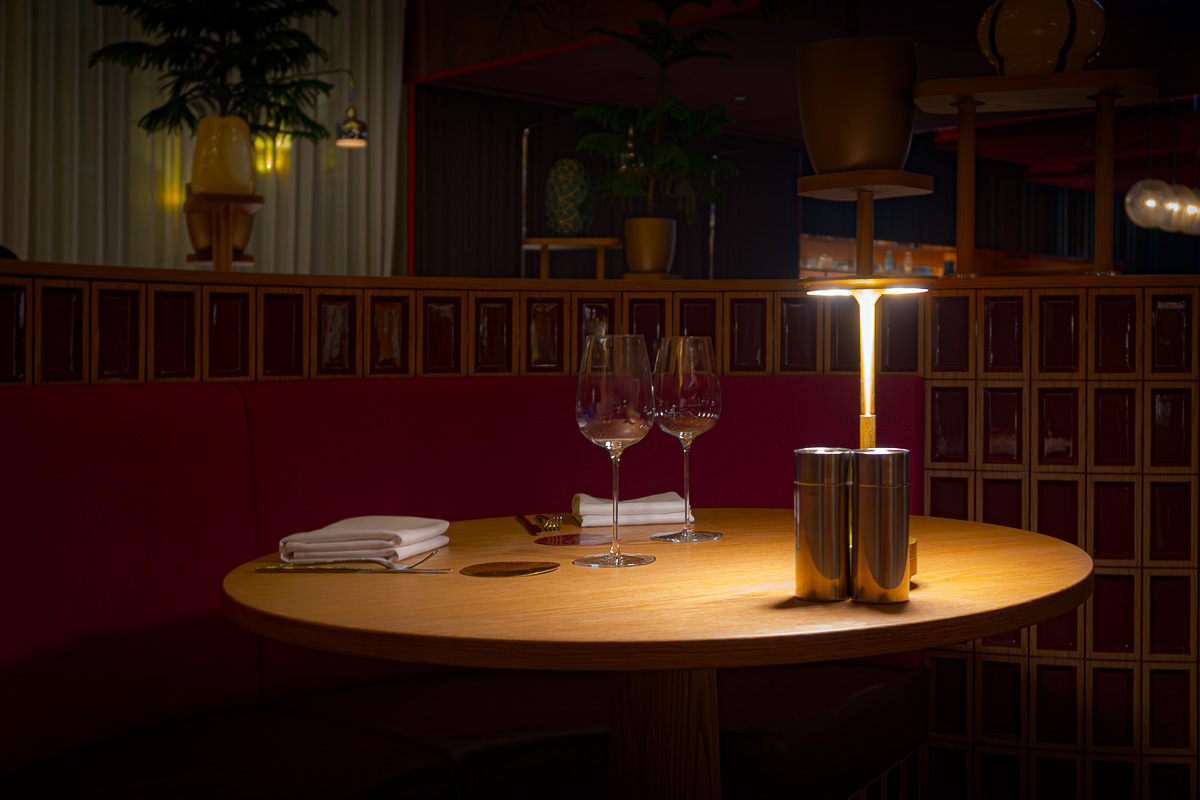 Opened in 2024 at Atlantis The Palm, Studio Frantzén is not just another outpost of a Michelin-starred chef. It is an extension of his Nordic-Asian philosophy, presented in a more relaxed register – a lesson in humility in a place where humility rarely finds a home.
Opened in 2024 at Atlantis The Palm, Studio Frantzén is not just another outpost of a Michelin-starred chef. It is an extension of his Nordic-Asian philosophy, presented in a more relaxed register – a lesson in humility in a place where humility rarely finds a home.
Leading both Studio Frantzén and FZN is Torsten Vildgaard, a Noma veteran and star in his own right, tasked with translating Frantzén’s language for a global audience. The fascinating question is not whether it works, but what is lost and what is gained in the translation.
Only days after our visit, FZN Dubai earned its long-awaited three Michelin stars—the third crown in a global trilogy that makes Frantzén unique in the contemporary dining landscape. Studio Frantzén, meanwhile, emerges not as a lesser sibling but as an entryway into his universe: less formal, equally rigorous.
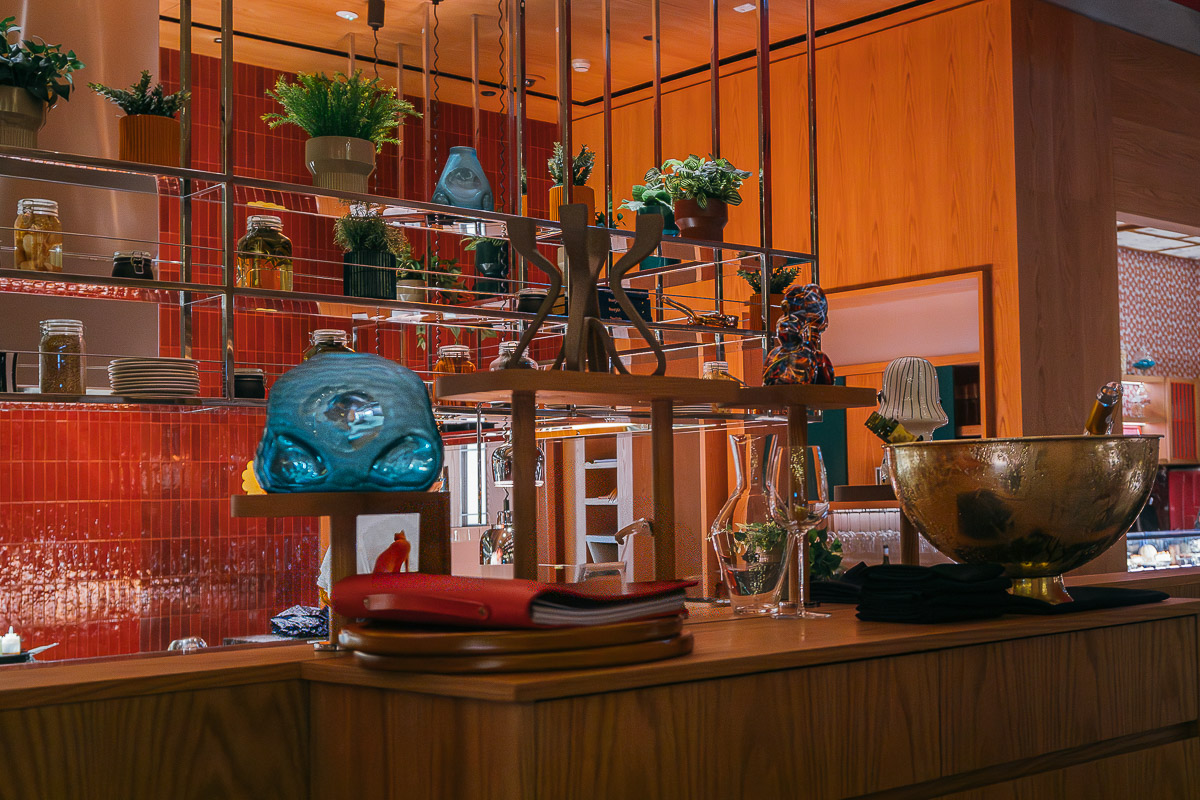 A Stage for Plurality
A Stage for Plurality
Designed by Bishop Design, the interiors reveal the obsessions of a generation raised on Pinterest and Wallpaper: pale woods, terracotta and red hues, lighting studied to the millimetre. At the centre, a monumental chandelier nods to the Nordic tradition of candlelight – an intriguing choice in a country where the sun shines year-round.
There is a bar with a DJ at the entrance, for those who wish to see and be seen; a chef’s counter facing the open kitchen, for the devout; and more intimate corners for discreet dinners. A carefully orchestrated social geometry: cosmopolitan without intimidation, welcoming without condescension. Hospitality architecture at its best – a space that moulds itself to the mood of its guests rather than forcing them to adapt.
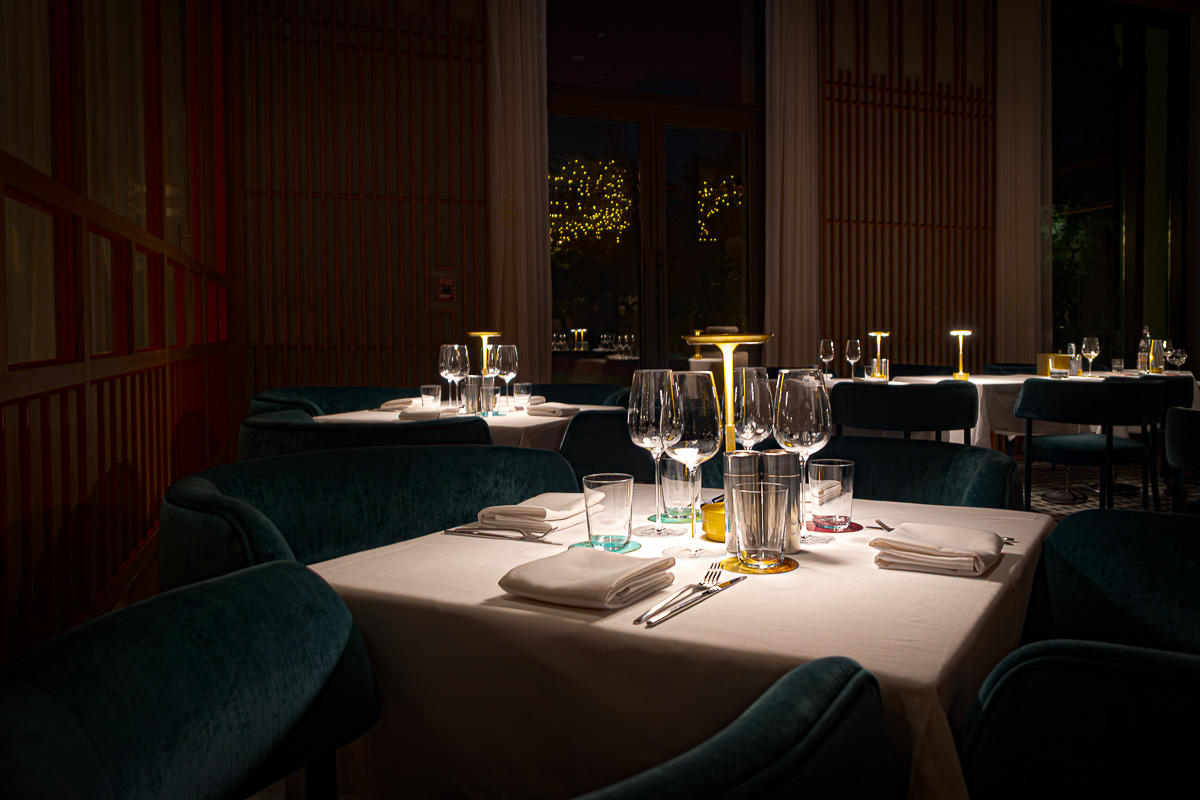 Here, Vildgaard executes Frantzén’s recipes 6,000 kilometres from Stockholm, for guests who may never have set foot in Scandinavia. It is fascinating to watch Nordic flavours take on new life when stripped of their original context – as if technique were a universal language and cultural identity, intriguingly, optional.
Here, Vildgaard executes Frantzén’s recipes 6,000 kilometres from Stockholm, for guests who may never have set foot in Scandinavia. It is fascinating to watch Nordic flavours take on new life when stripped of their original context – as if technique were a universal language and cultural identity, intriguingly, optional.

The Grammar of the House
Most great restaurants clearly state their intentions within the first few minutes. At Studio Frantzén, the declaration comes in the form of bread and butter. But not just any butter: worked with miso, served at the perfect temperature, unctuous, sweet, and saline, designed to melt into a delicately laminated brioche. A gesture transcribed from Stockholm, encapsulating the house’s philosophy: to elevate the familiar without rendering it unrecognisable.
Francisca eats silently, focused. Then she looks up: “This is good.” The perfect understatement for a small moment of perfection.

When Classics Find Freedom
The veal tartare arrives pared back, trading the weight of tradition for clarity. Meat cut with French precision, seasoned with restraint; truffle aioli and shiitake adding depth; pickled onion and Marcona almonds providing brightness and texture.
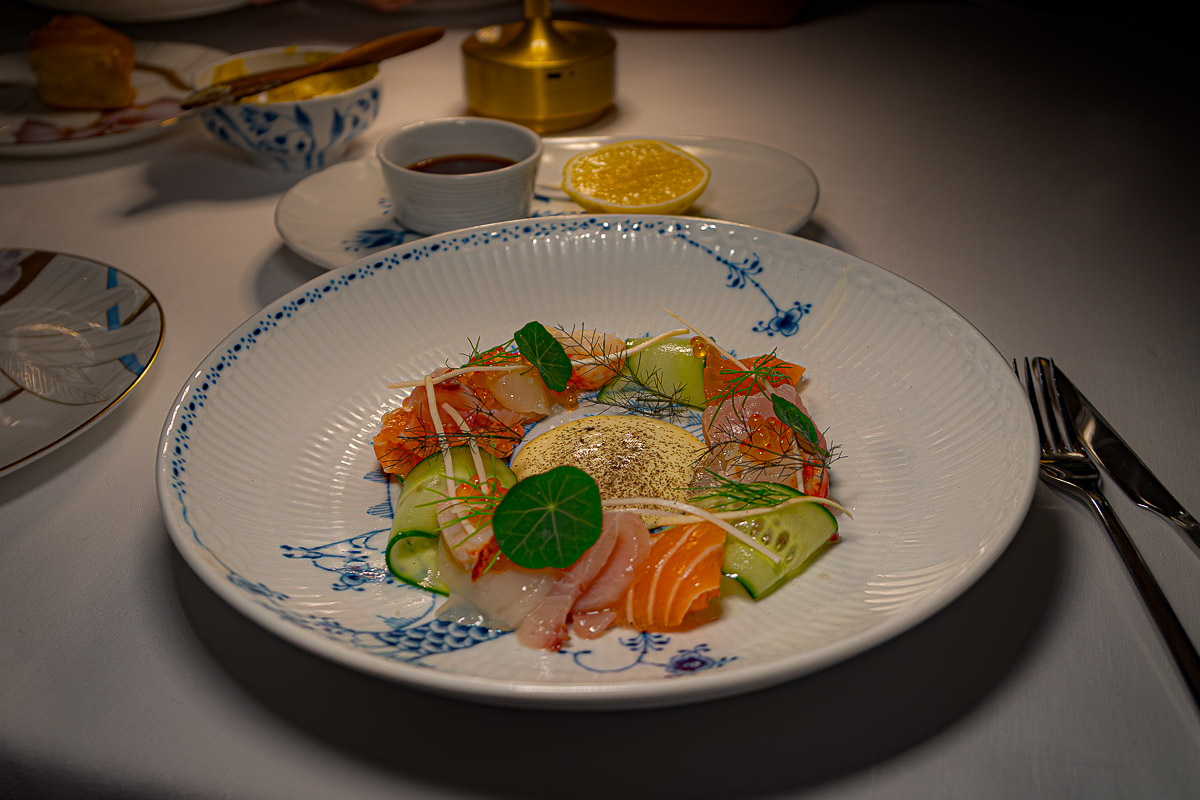
Then comes what they call “Scandinavian sashimi.” The name might sound contrived, but here it makes perfect sense: salmon, lobster, hamachi, and scallop in dialogue with ponzu, cucumber, trout roe, and horseradish emulsion. I taste it and wonder: where does inspiration end and cultural appropriation begin? Frantzén does it with such elegance that the question dissolves on the palate, its echo fading into thought.
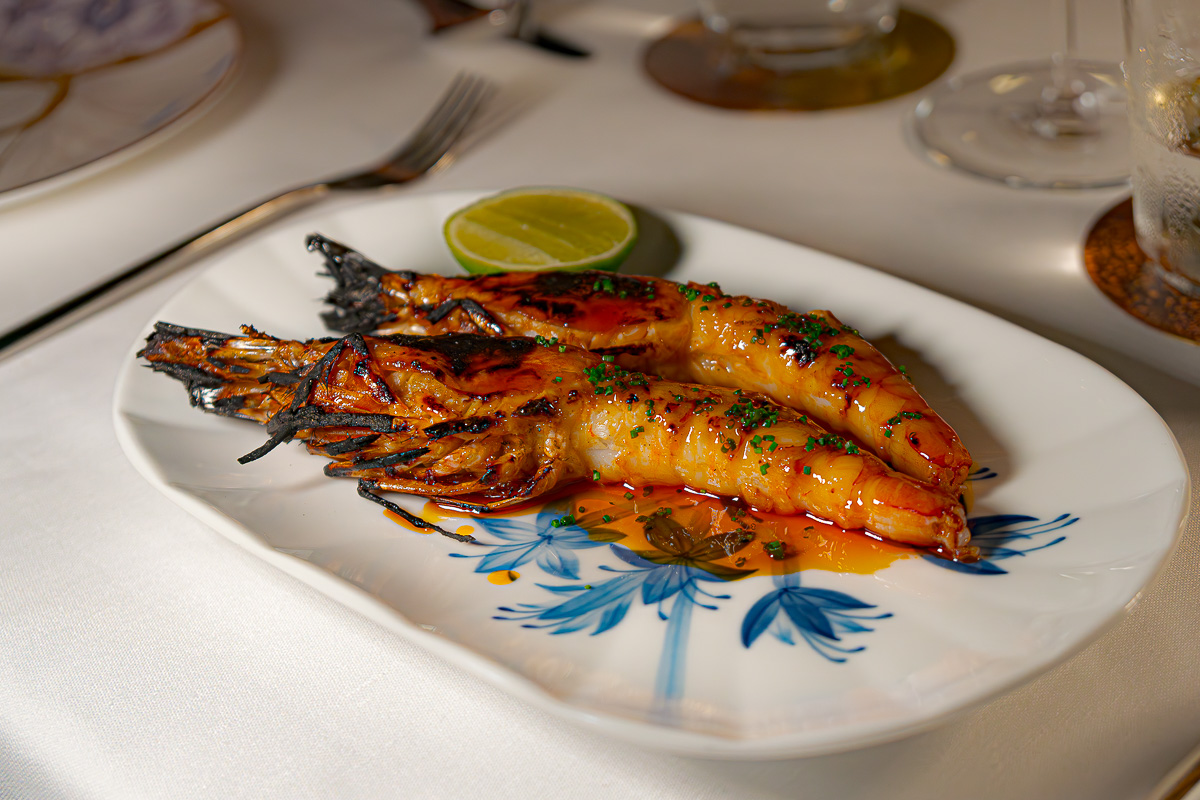
Fire as Narrator
Tiger prawns arrive grilled to that exact point separating the competent from the exceptional. Red curry lacto-fermented sauce and ginger aioli beg for bread to wipe the plate clean.
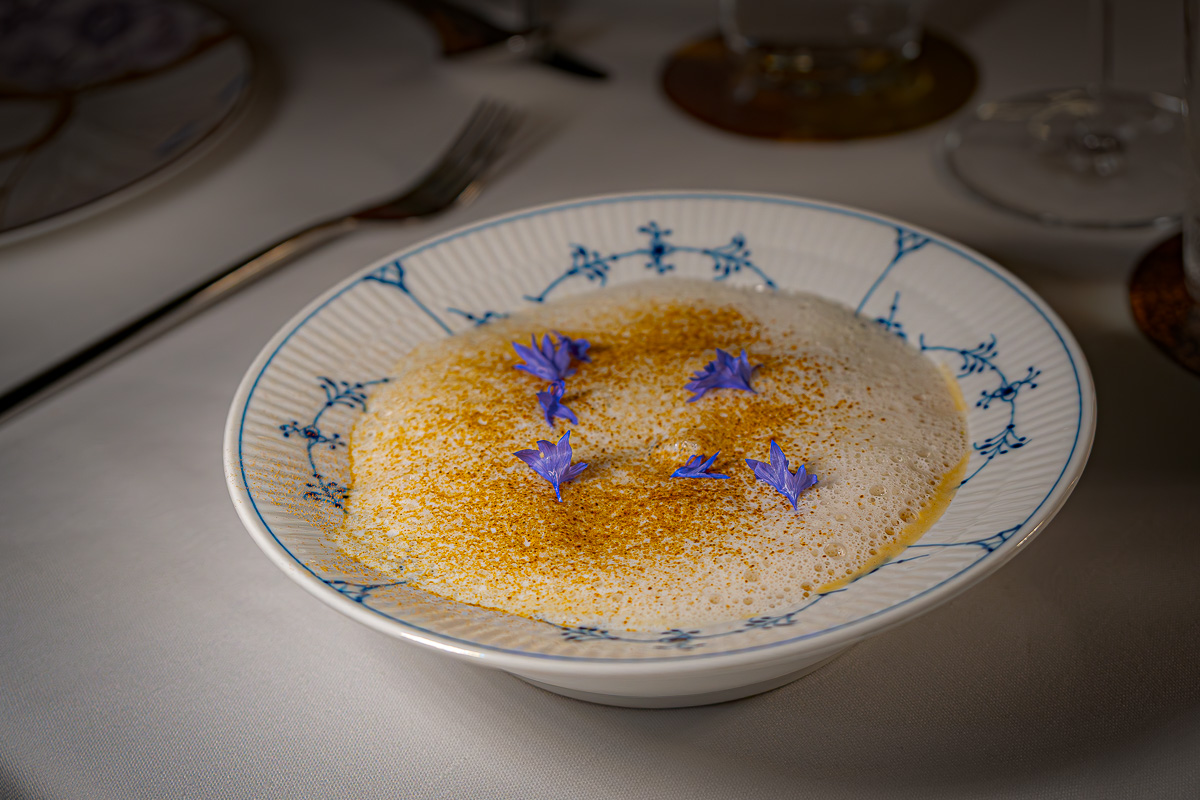
But the greatest surprise comes disguised as simplicity: Frantzén’s iconic onion soup, here reimagined with exemplary white asparagus. Every element calculated, every sensation measured. The opposite of our grandmothers’ improvisational kitchens – and yet exactly what we come here seeking. Proof that genius often resides in the obvious.
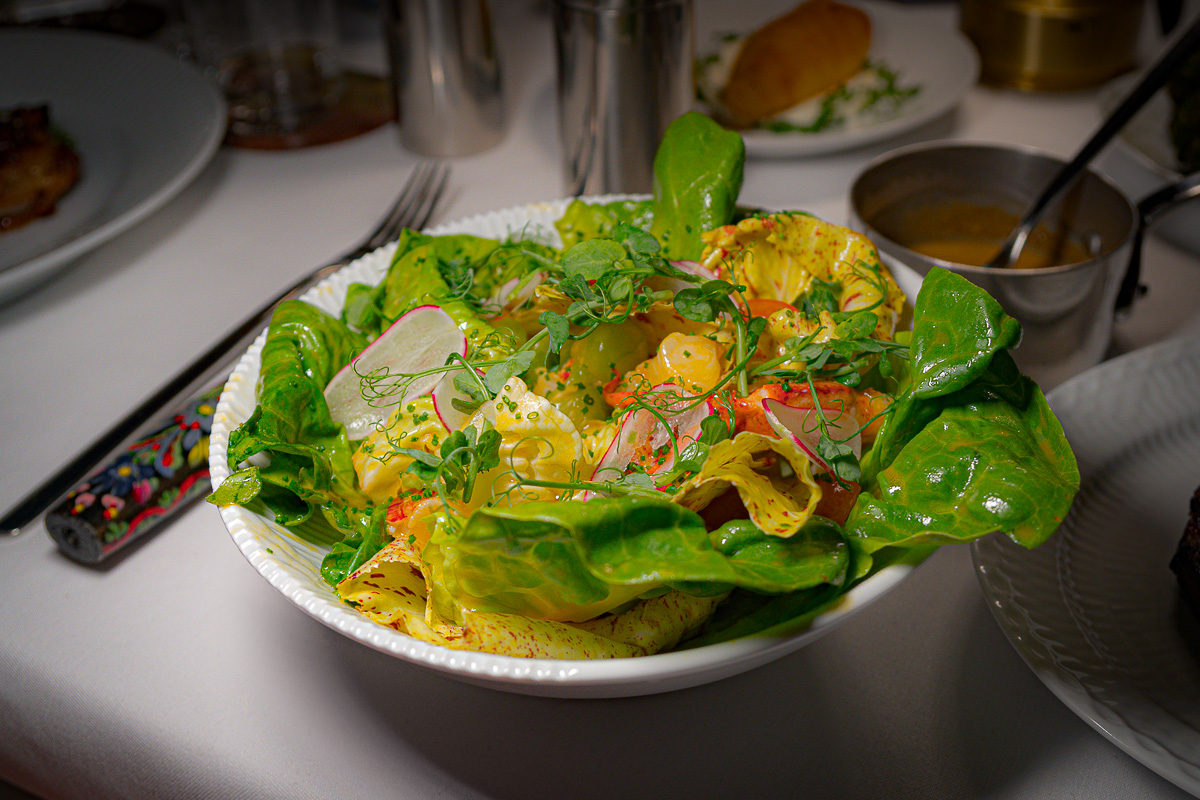
The Beating Heart
With the main courses, Vildgaard and his team reveal not just execution but interpretation. The lobster salad resolves a conceptual dilemma: how to transform that 1980s cliché of the seafood cocktail into something contemporary? The answer is simple: flawless produce and irreproachable technique. The dish balances the crustacean’s natural sweetness with spicy cocktail sauce, tomato, sea buckthorn, and yuzu vinaigrette – a vibrant, light, and refreshing combination.
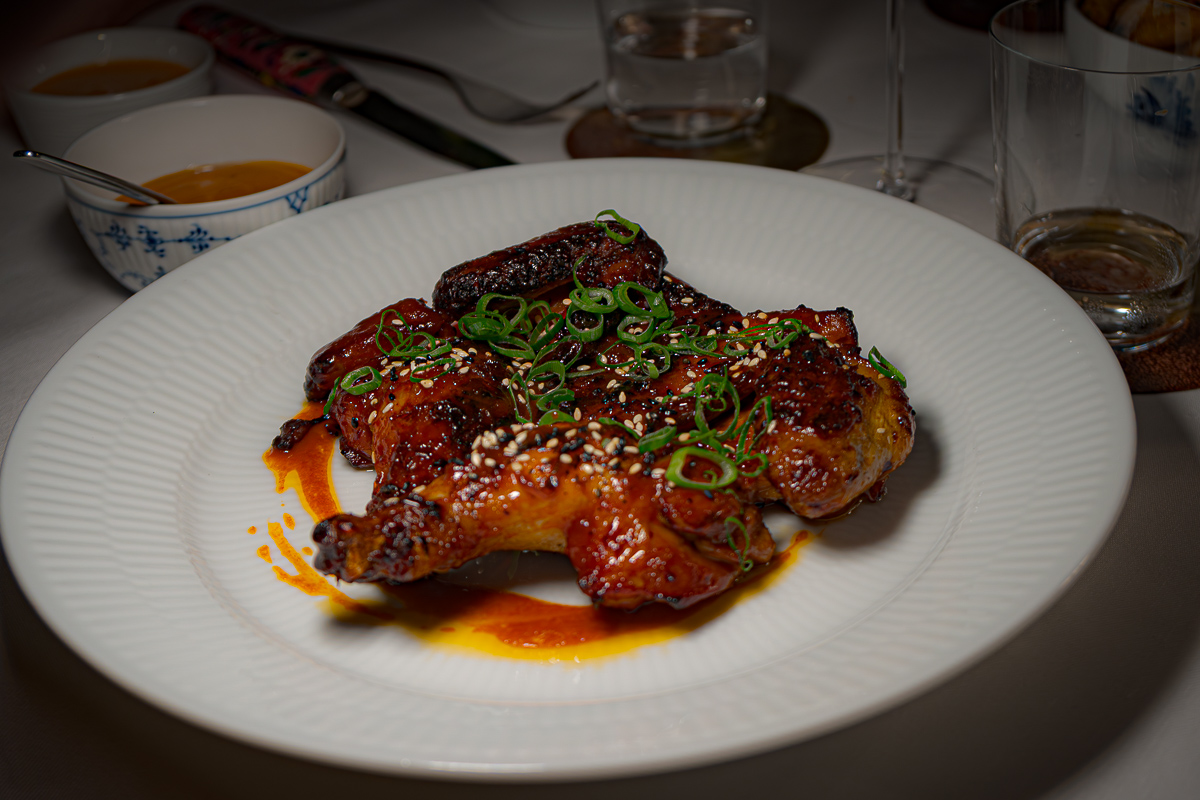
Baby chicken gains depth with roasted chicken aioli, miso, and chilli, elevating domestic comfort to quiet sophistication. Another finger-licking trip between Europe and Asia!
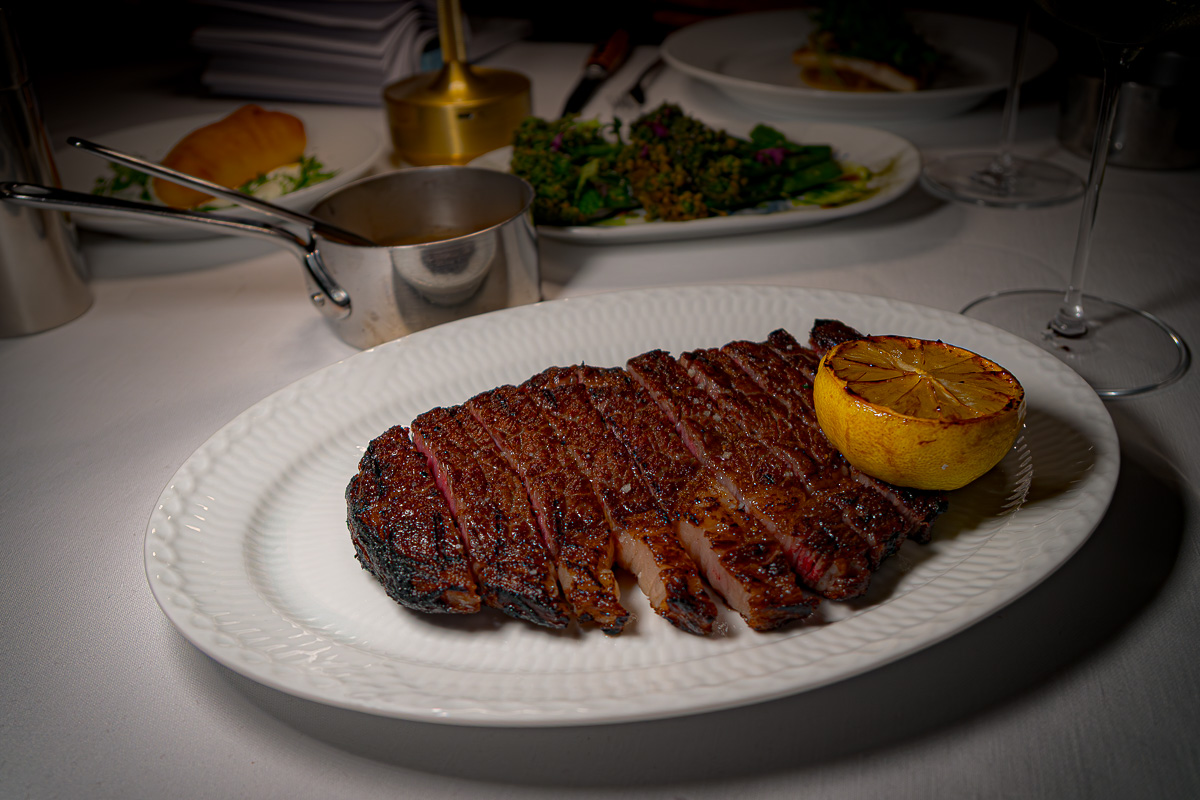
Meanwhile, the Black Angus Ribeye finds a rare dimension in fermented Kampot pepper, demonstrating once again how the precision of haute cuisine elevates even the simplest and most comfortable.
Still, it is the turbot that delivers the evening’s climax: beurre blanc, anchovy, caviar, and dill in a symphony of French elegance, Nordic salinity, and sheer luxury. A synthesis dish, showing why Frantzén collects Michelin stars the way others collect stamps.
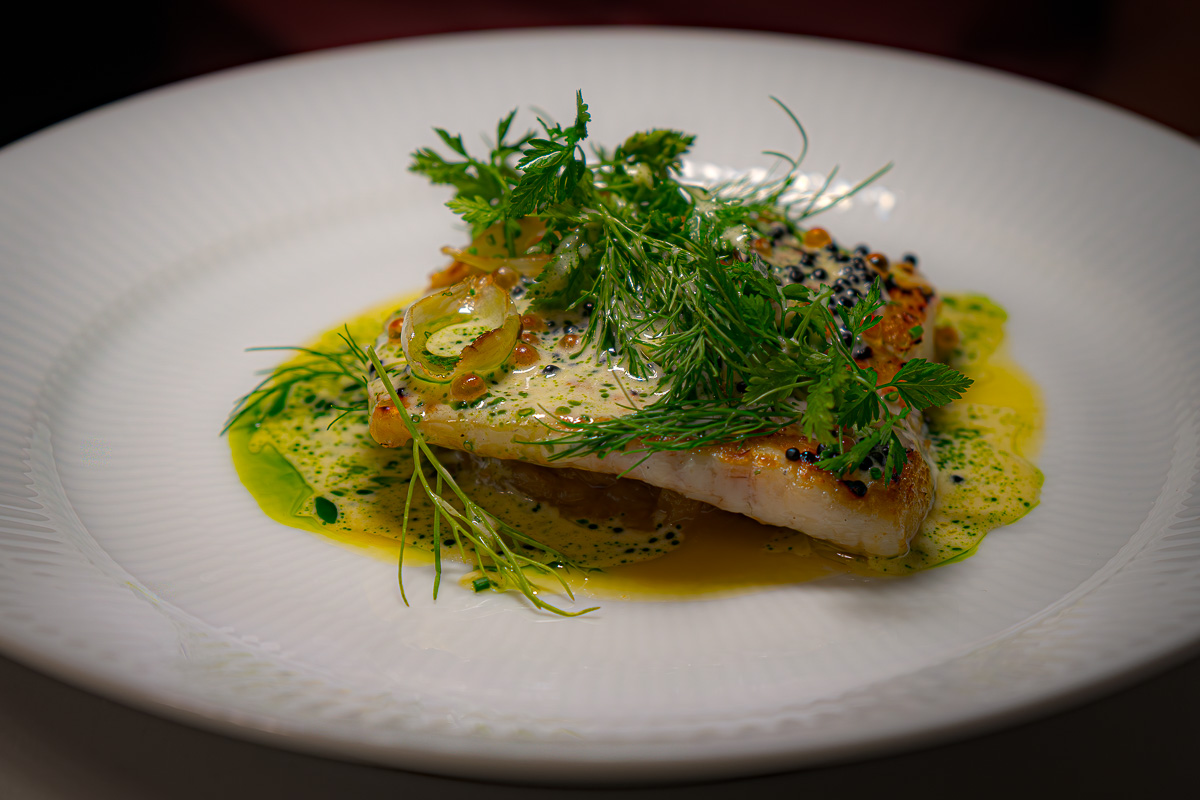
The sides deserve their own note: the Hasselback potato, with its crisp outside and buttery interior, remains one of Frantzén’s enduring emblems. Broccolini grilled with sweet soy and fresh herbs might have benefited from less time over the fire, but it still did its job. French fries – pure classicism – proved that sometimes perfection lies in not attempting reinvention.
Amid unexpected dishes and flavours, one realisation emerges: the whole reveals dishes that are ideologically simple, seemingly comforting, yet in the right hands achieve an uncommon elevation.
It is the universe of contemporary fine dining, where culinary geography becomes irrelevant and technique transcends territory.
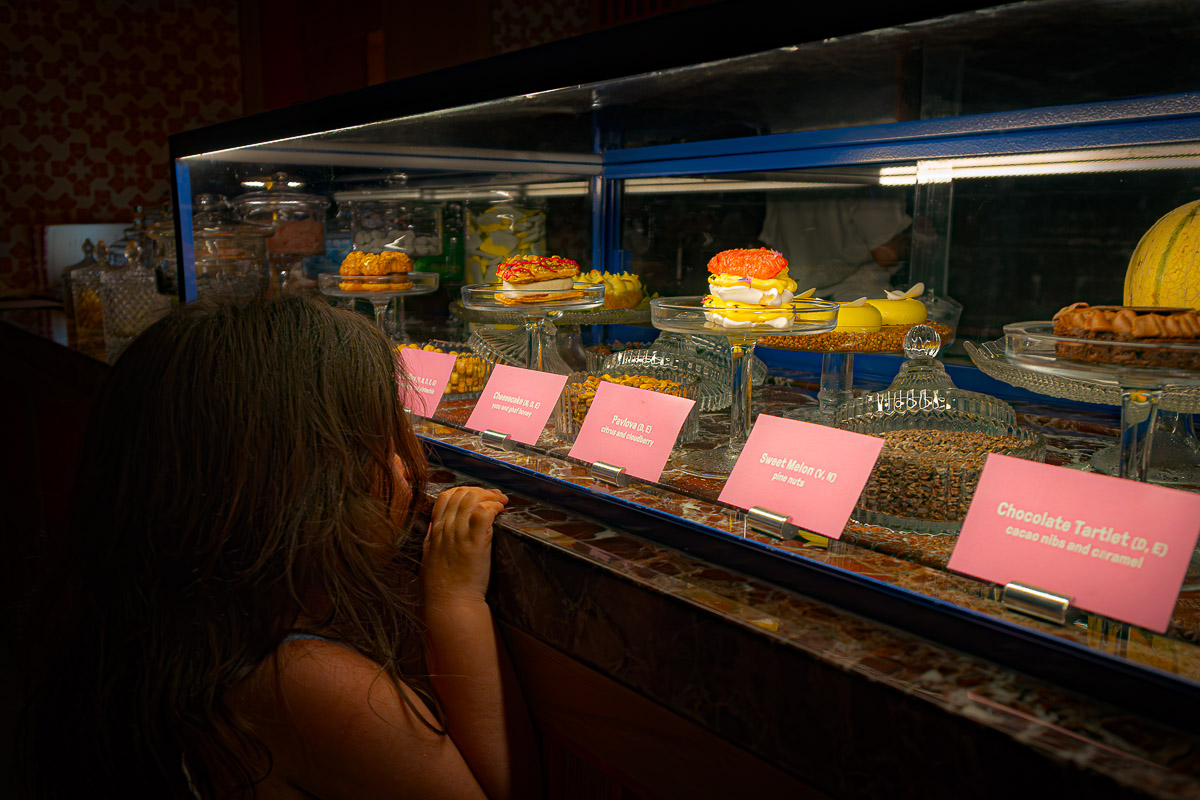 A Sweet Theatre
A Sweet Theatre
Then the doors of the Candy Room swing open – another of Frantzén’s theatrical touches. Francisca is entranced by displays of artisan gummies, jewel-like chocolates, and fine patisserie signed by Sheerin Ghaffar, who merges French technique with Oriental echoes.
At the table: a vanilla flan parisien with a silky texture, a lemon tart that is sharp and precise. And in between, the inevitable soft serve, reluctantly shared. Because great restaurants do not only feed the body: they construct memory.

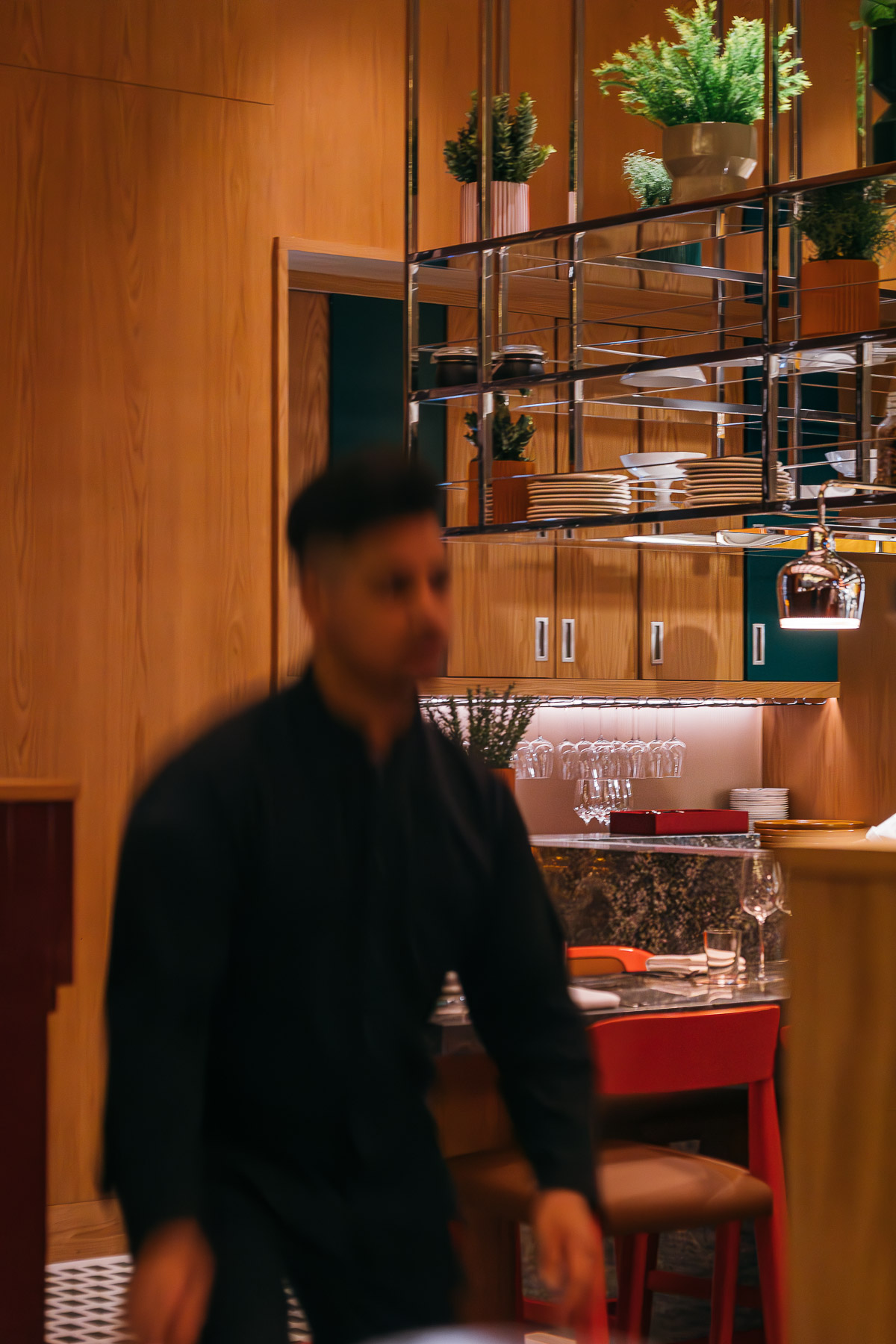 The Choreography of Service
The Choreography of Service
The service unfolds like a carefully studied score: dishes introduced with knowledge but never pedantry; discreet empathy, with particular attention to the presence of a child at the table. Cosmopolitan efficiency softened by Nordic warmth.
Yes, there were a few off-beat notes – repeated requests, a wine that tarried – but nothing that broke the melody. What remains is the impression of a house that can translate Nordic rigour into human warmth – not a small feat in such a short time.
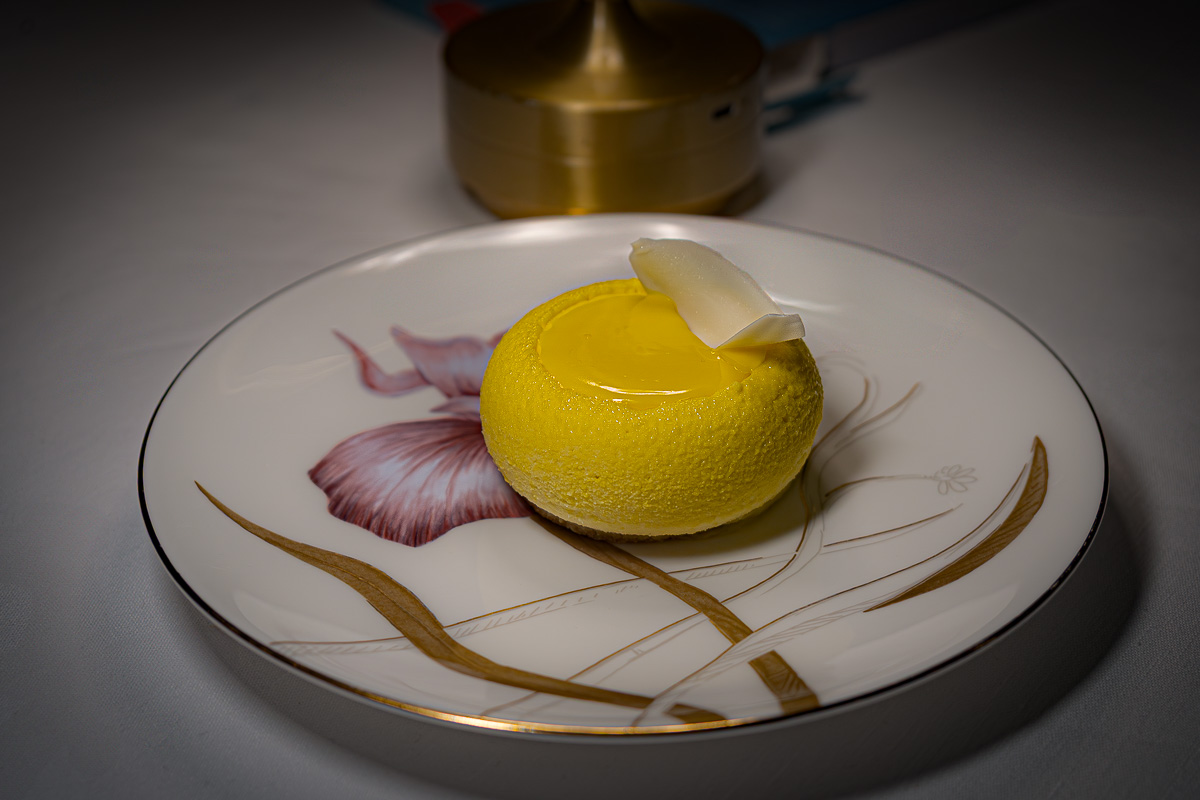
Final Toughts
Studio Frantzén succeeds in being more than another luxury outpost in a land of excess. This essay explores how fine dining is adapting to the twenty-first century, an era in which luxury demands plurality and exclusivity can no longer stand alone.
Frantzén demonstrates here that excellence can share the table with memory, that rigour can coexist with pleasure – a place where families, collectors, curious travelers, and wide-eyed children all belong, without losing authenticity.
 By bringing his Nordic grammar to Dubai, does Frantzén risk surrendering part of his identity? Moreover, he gains reach. He democratizes without vulgarising, approaches without succumbing to the banalisation we too often encounter. A gesture that speaks volumes about contemporary gastronomy: it is no longer enough to cook well; one must also converse with diverse audiences and geographies.
By bringing his Nordic grammar to Dubai, does Frantzén risk surrendering part of his identity? Moreover, he gains reach. He democratizes without vulgarising, approaches without succumbing to the banalisation we too often encounter. A gesture that speaks volumes about contemporary gastronomy: it is no longer enough to cook well; one must also converse with diverse audiences and geographies.
Whether the Nordic signature will bend to Dubai’s excess, or Dubai will learn the art of restraint, only time will tell. For now, what matters is clear: on this unlikely stage, fine dining has found a new grammar – and the result is irresistible.
Address — Atlantis The Palm, Crescent Road, Palm Jumeirah, Dubai
Reservations — +971 54 584 3105
Opening Hours — Tuesday to Sunday, 5:00 pm–1:00 am | Saturday & Sunday, 12:30 pm–4:00 pm
Prices — From €65 per person (excluding wines)
Highlights — Bread & Butter, Scandinavian Sashimi, Seafood, Grilled Meat Cuts, Candy Room
Chefs — Björn Frantzén and Torsten Vildgaard

